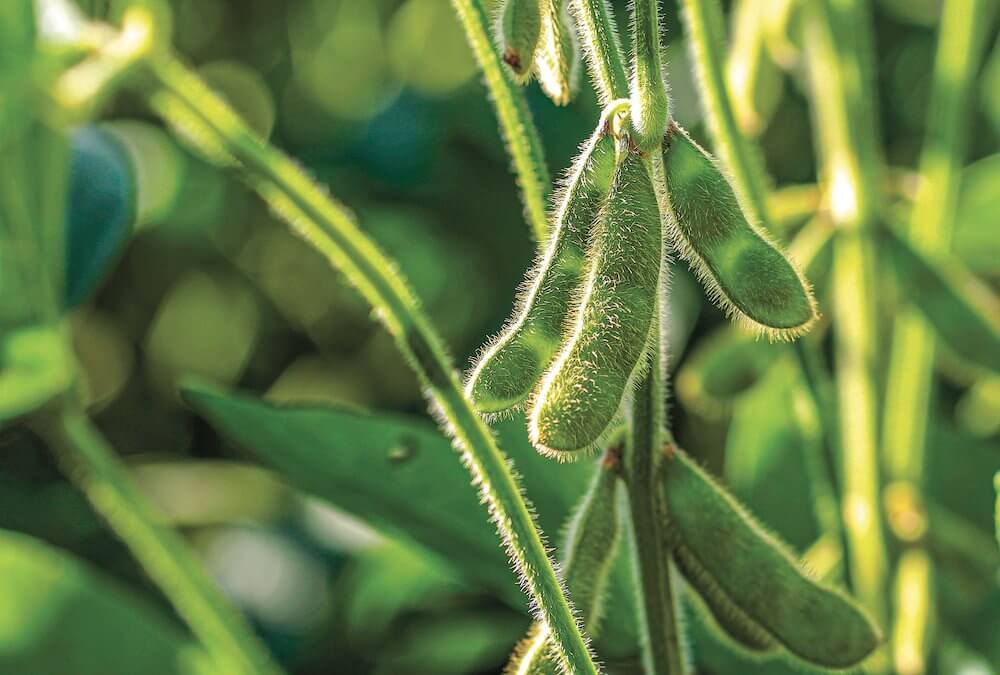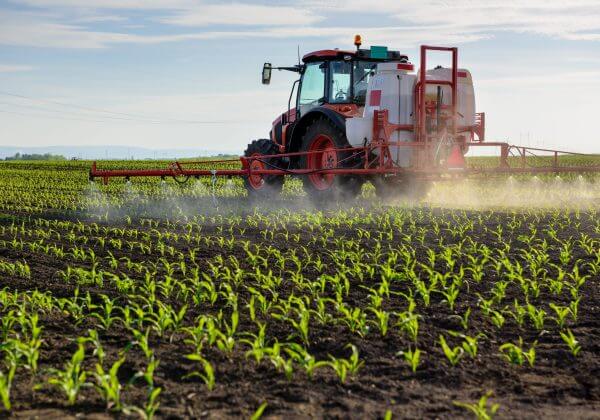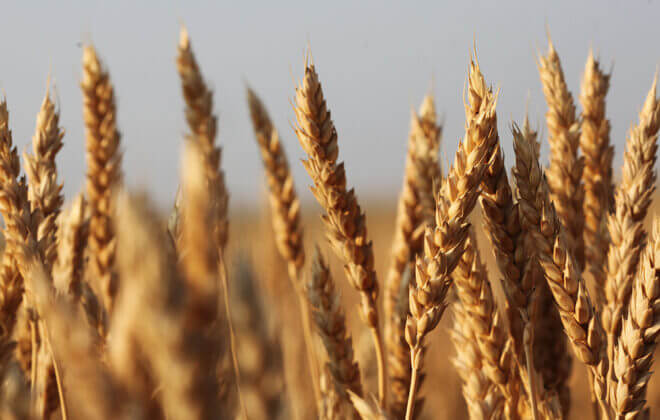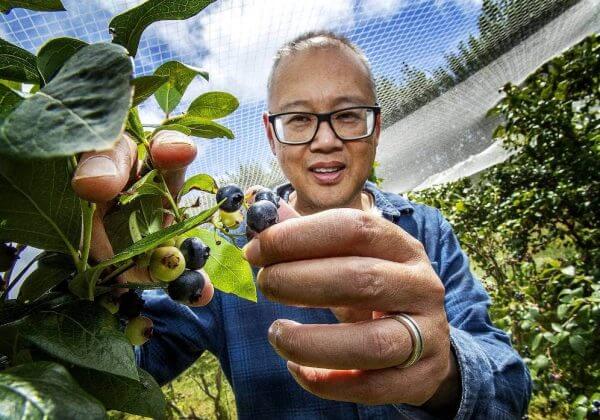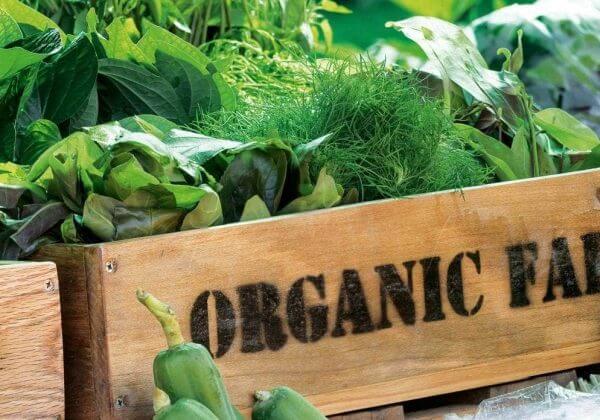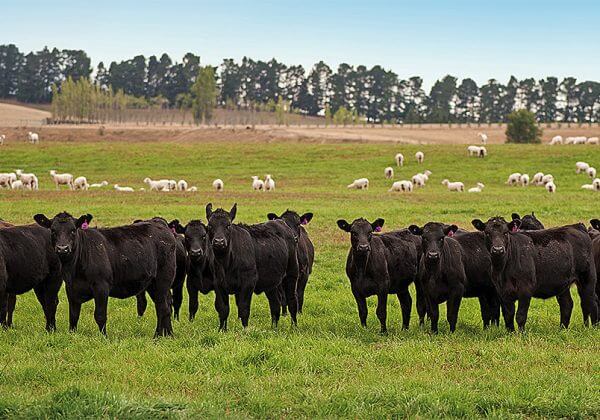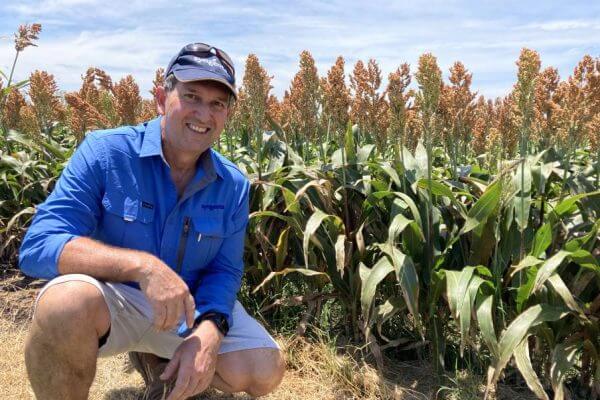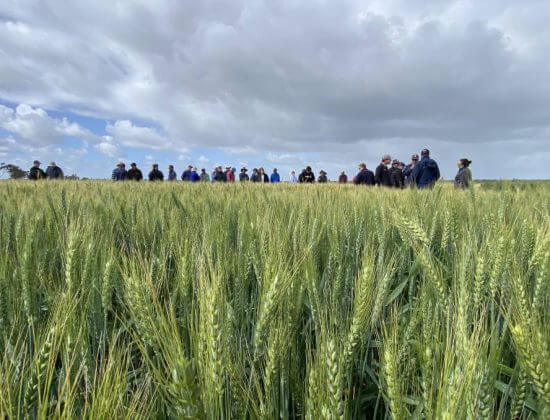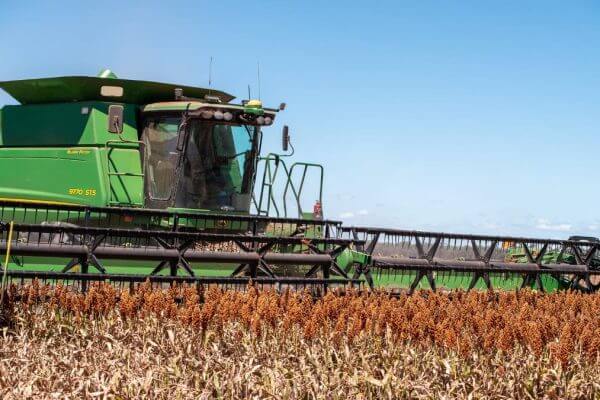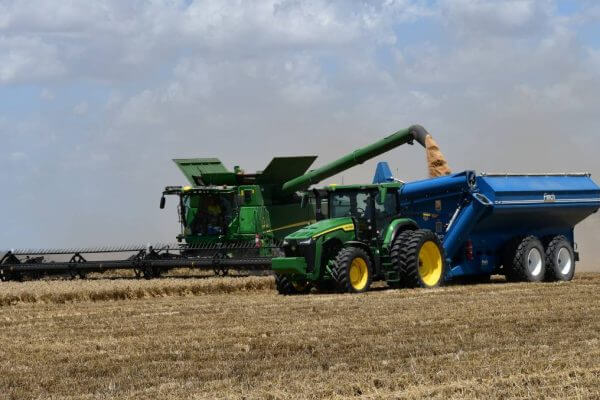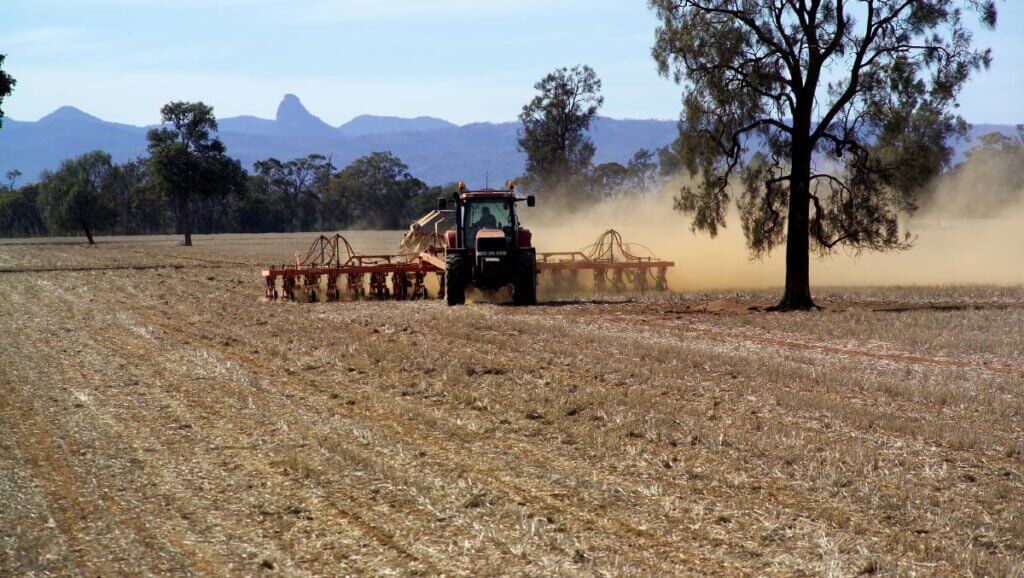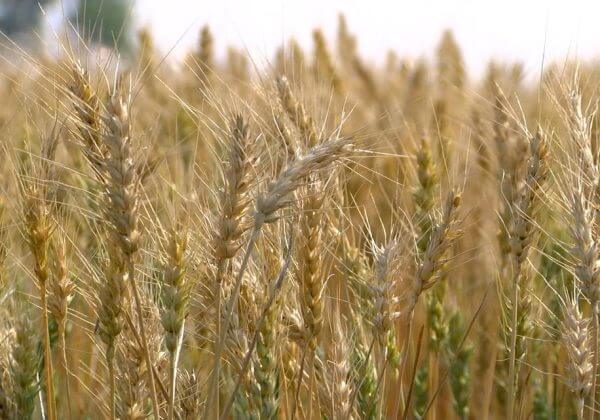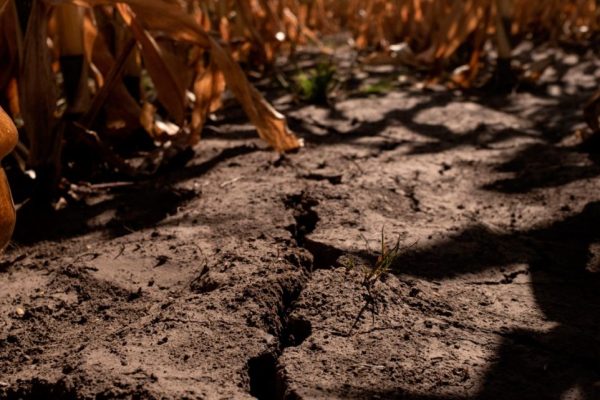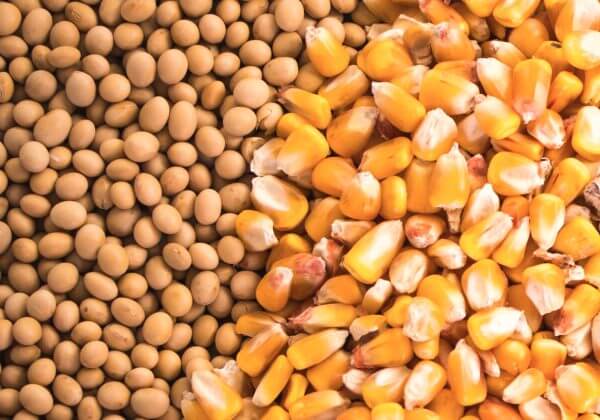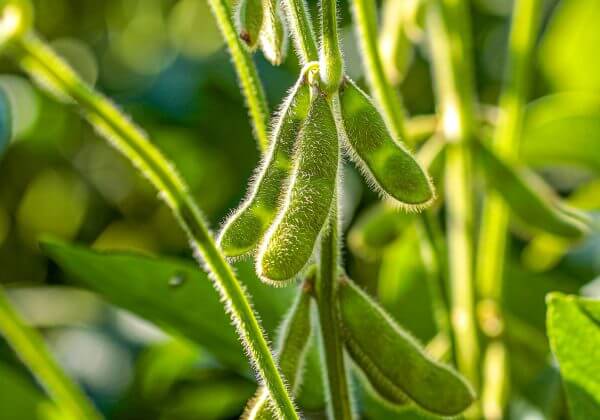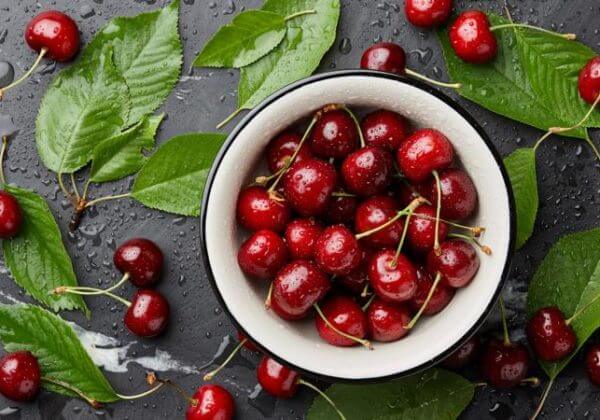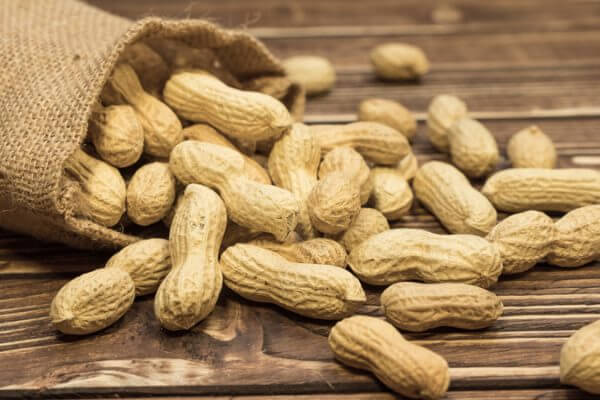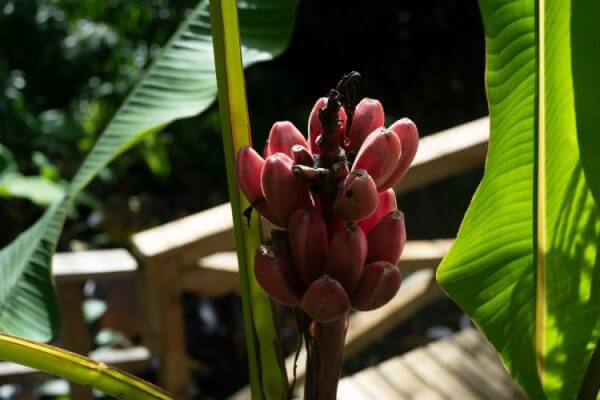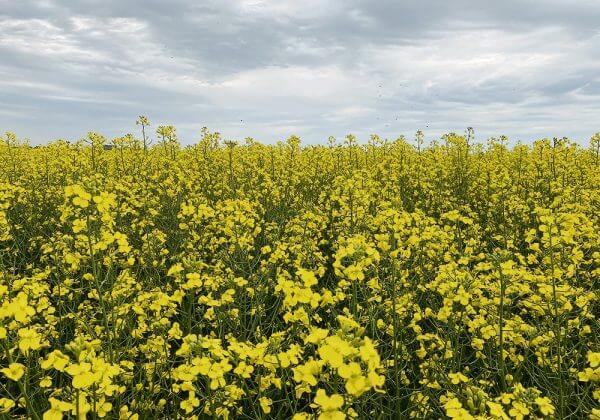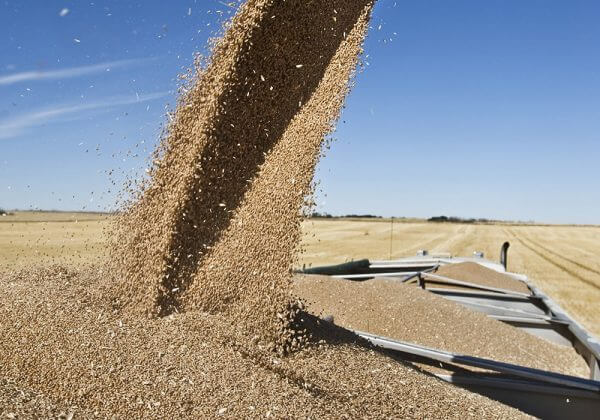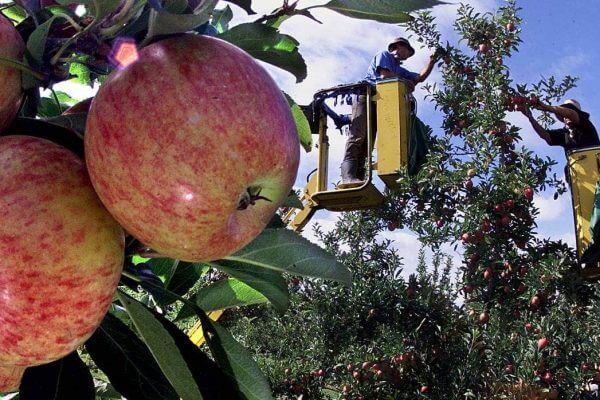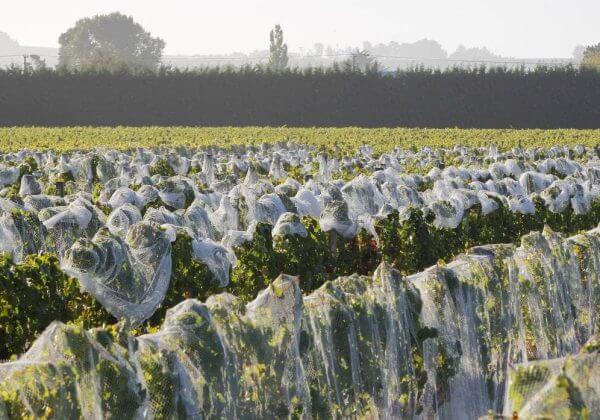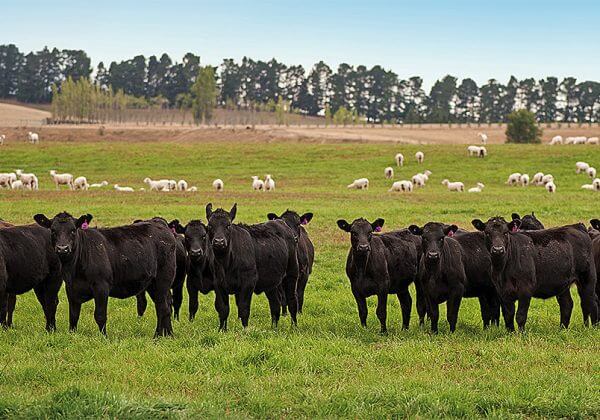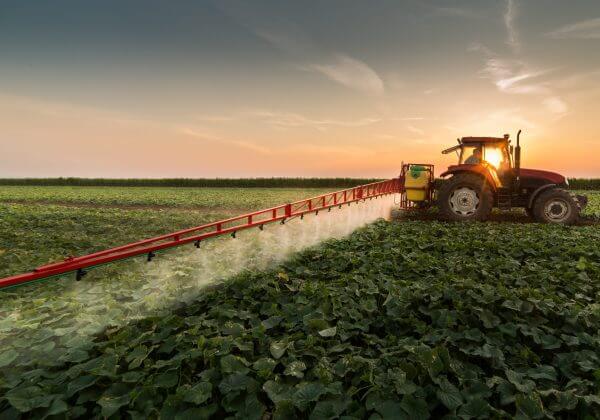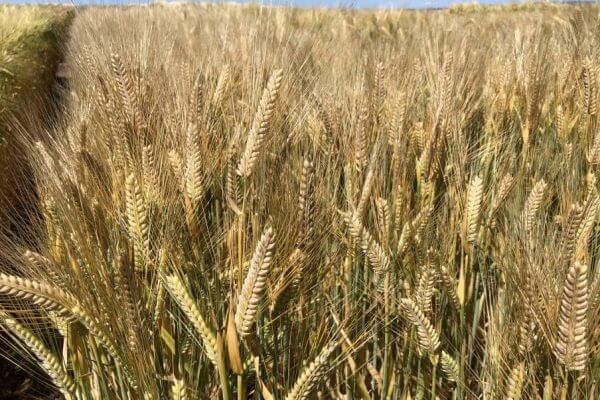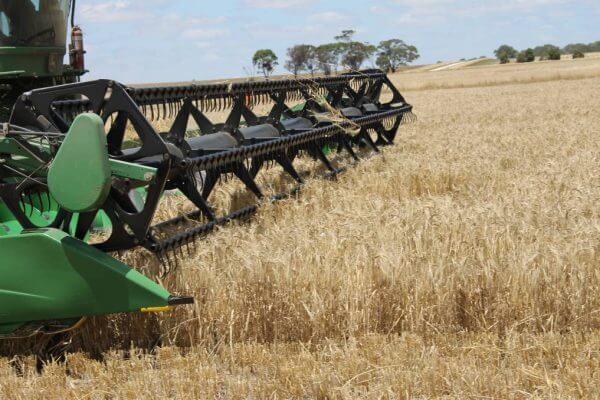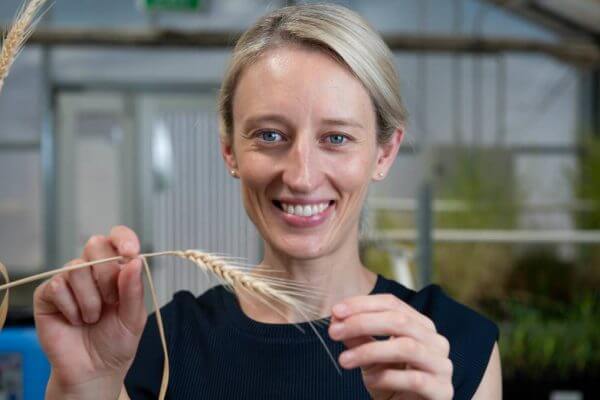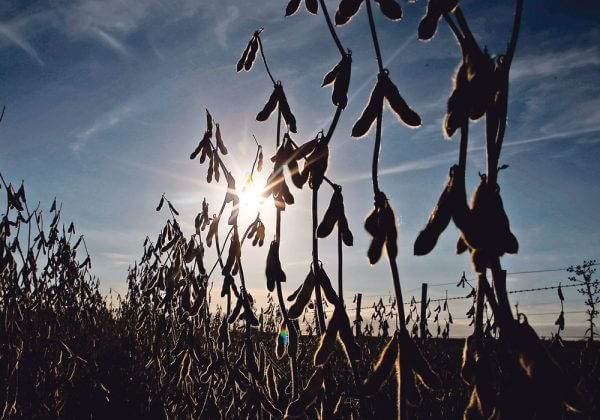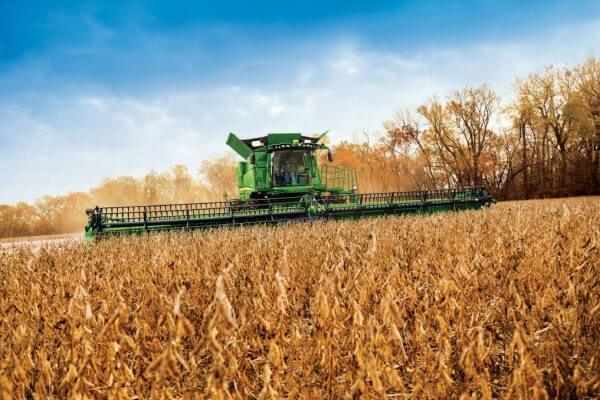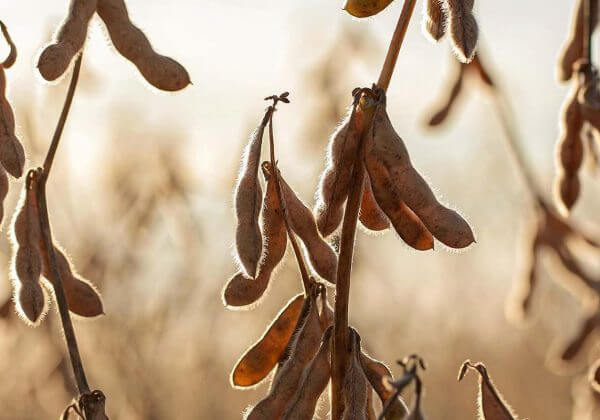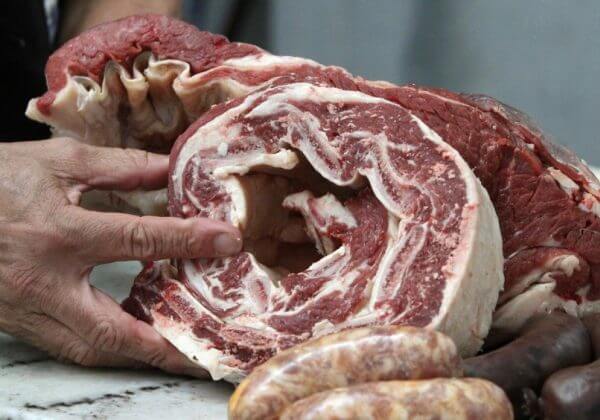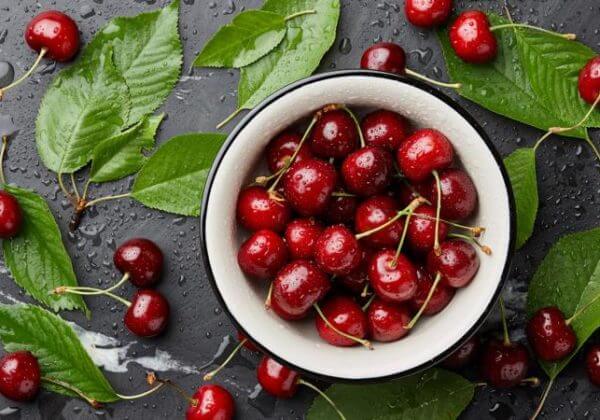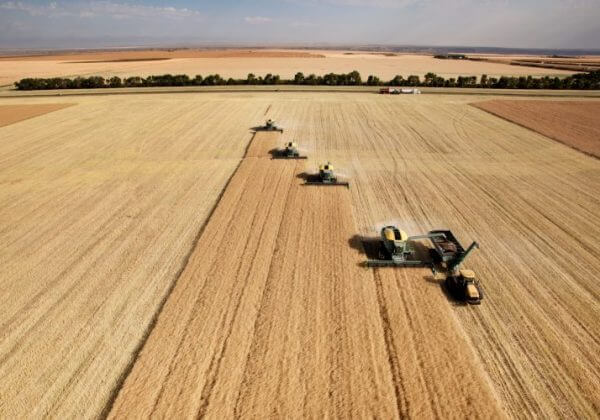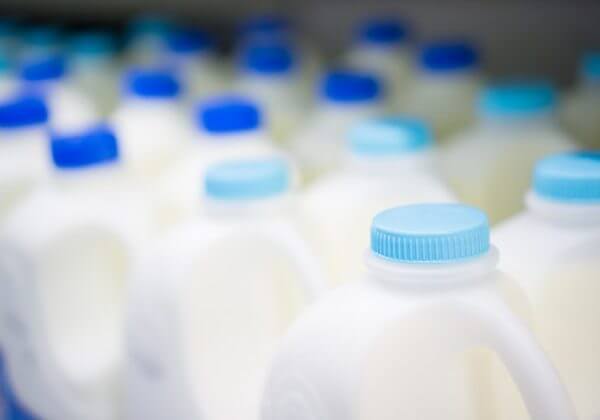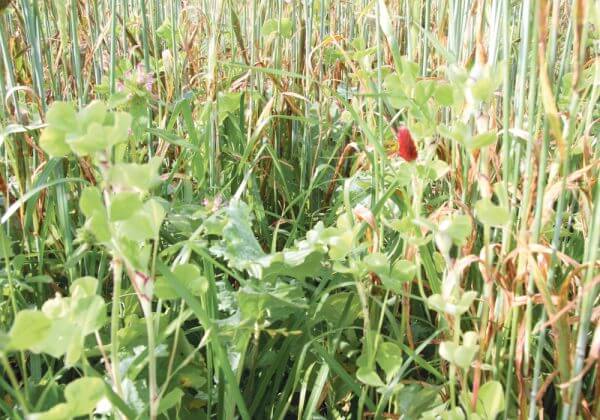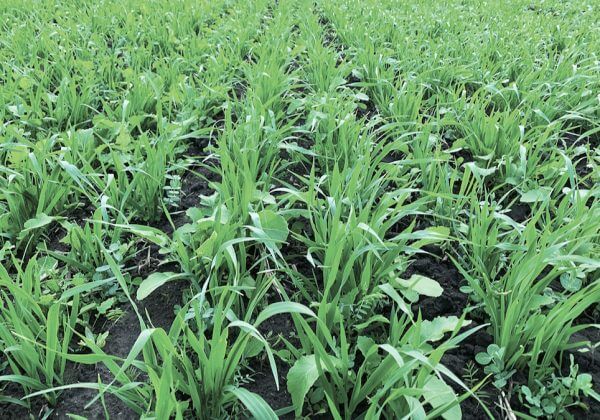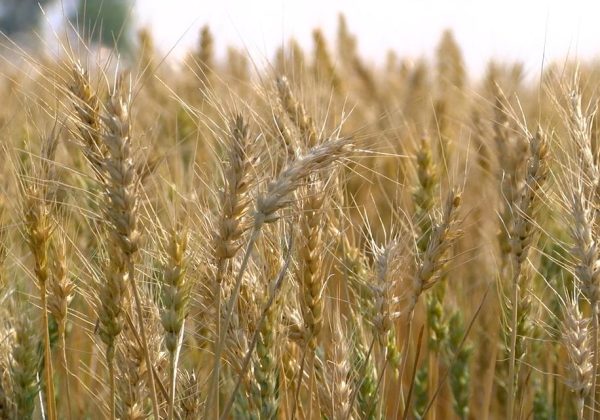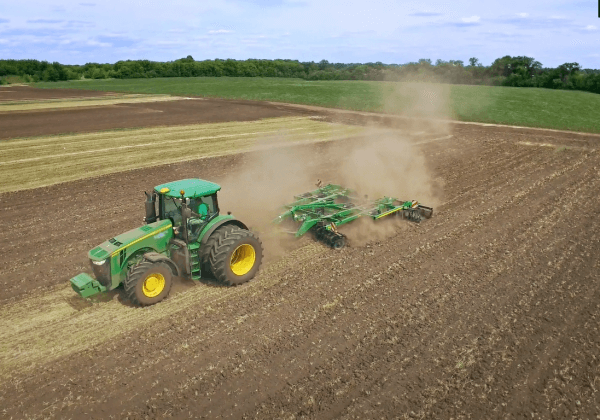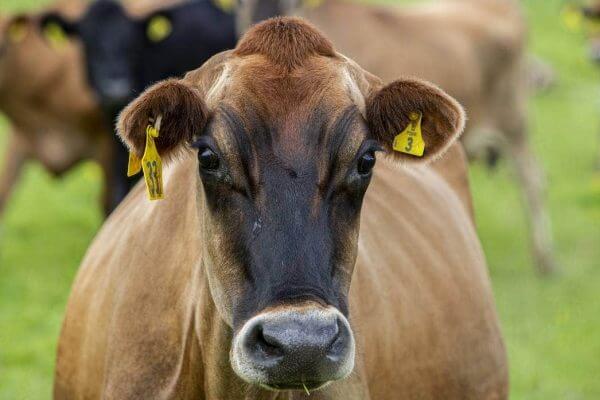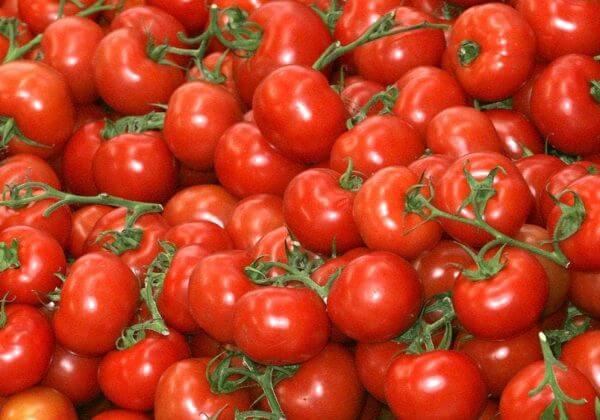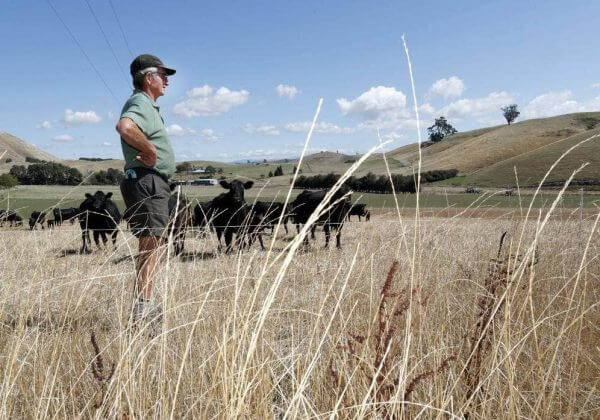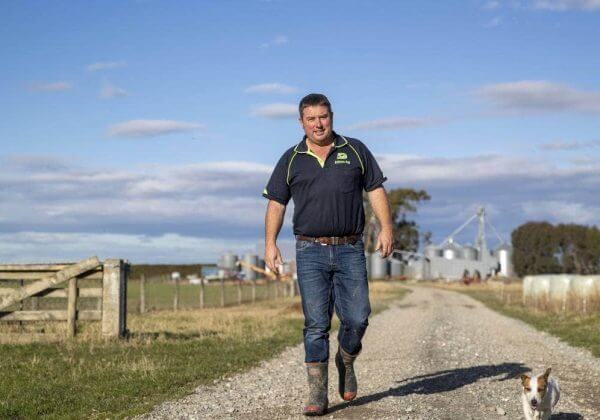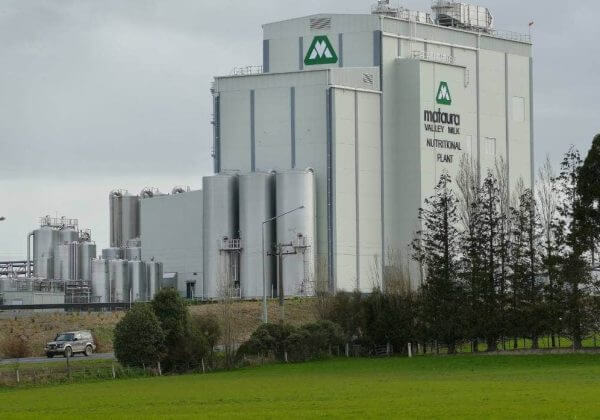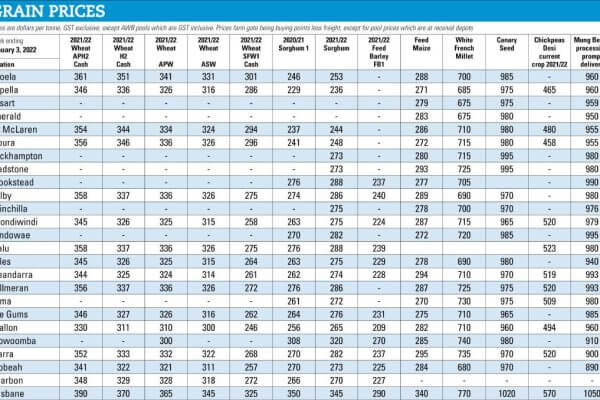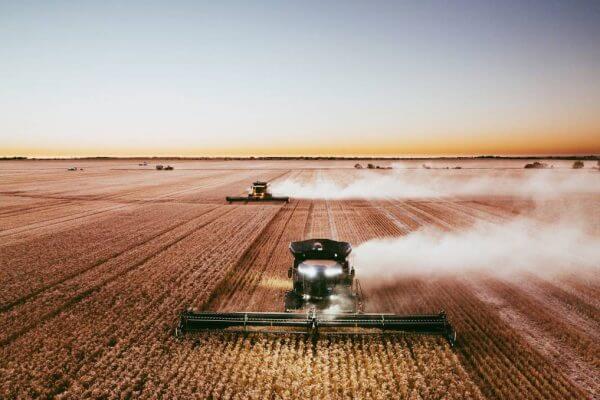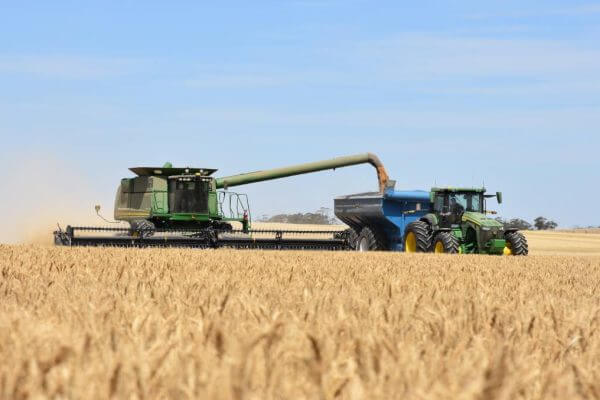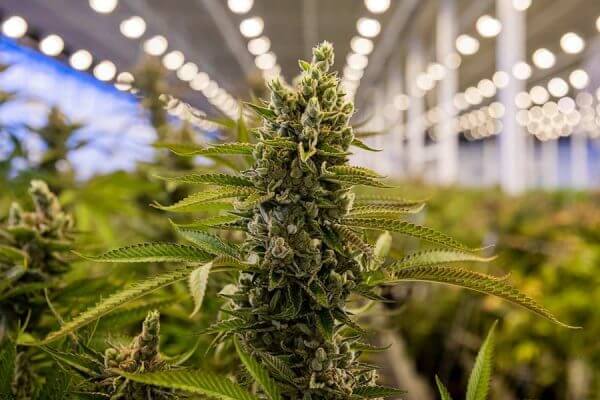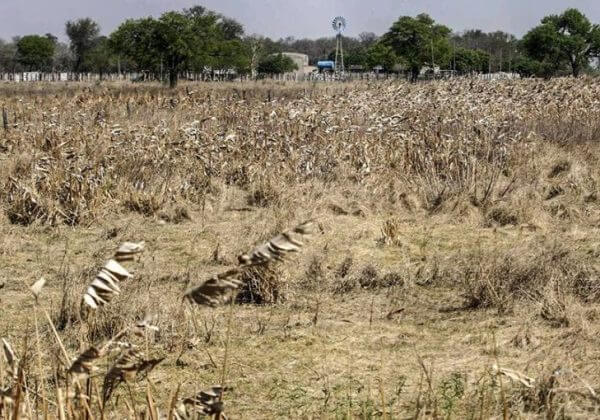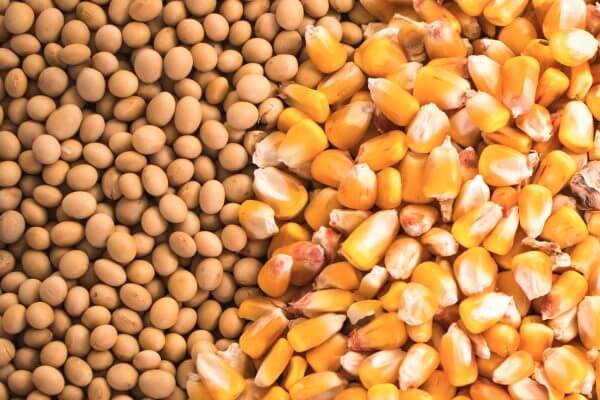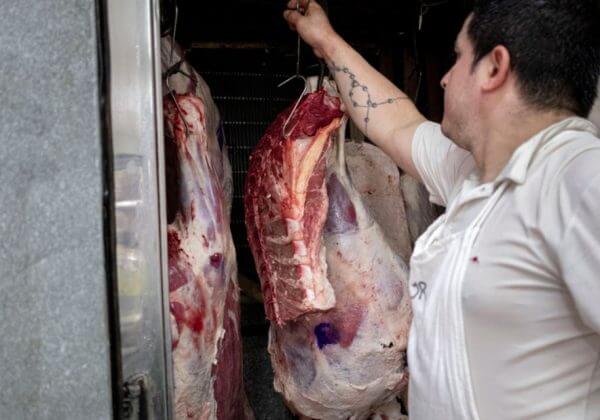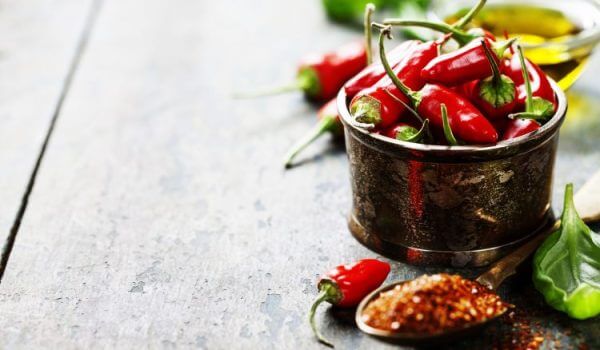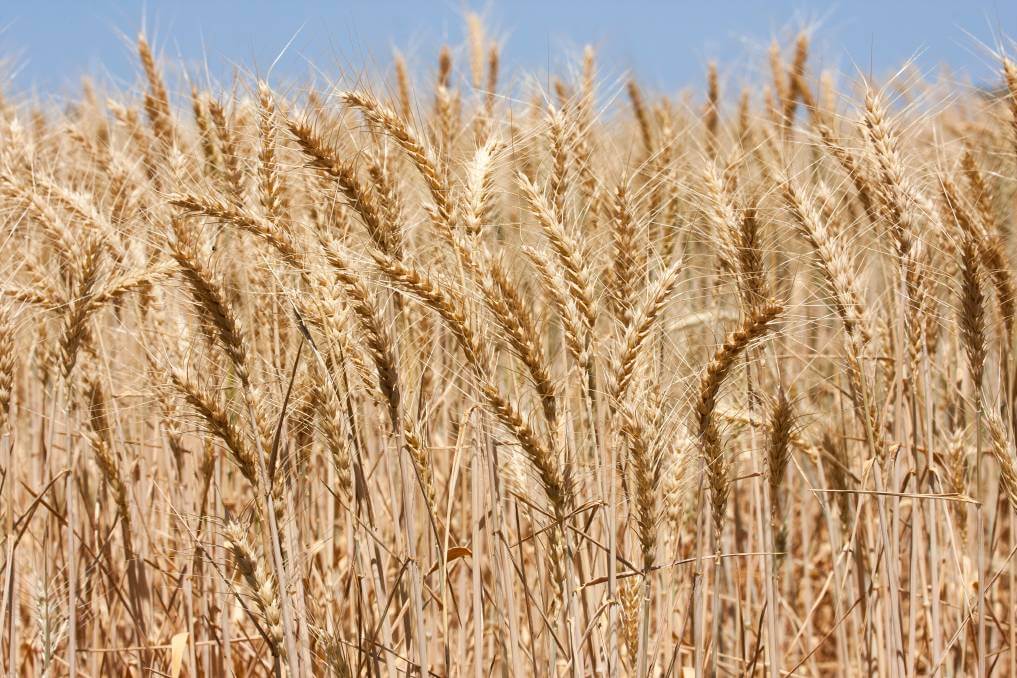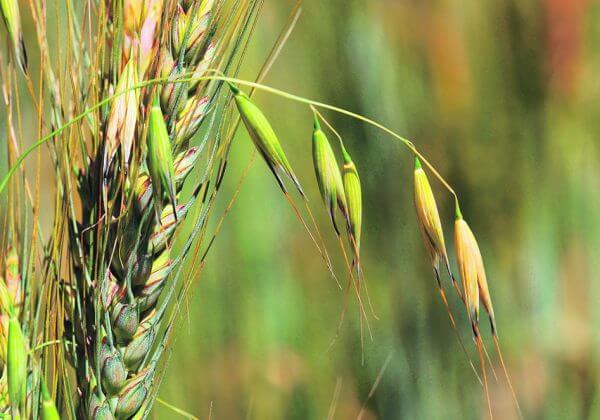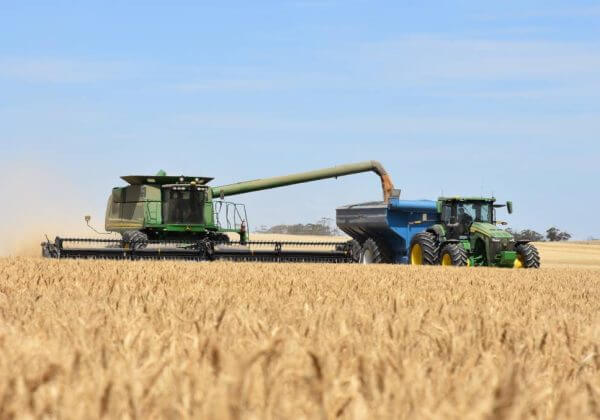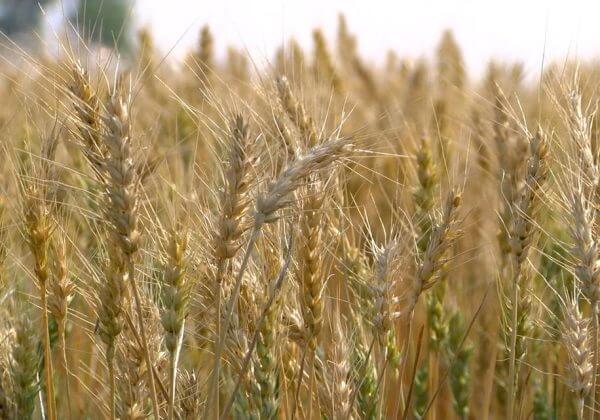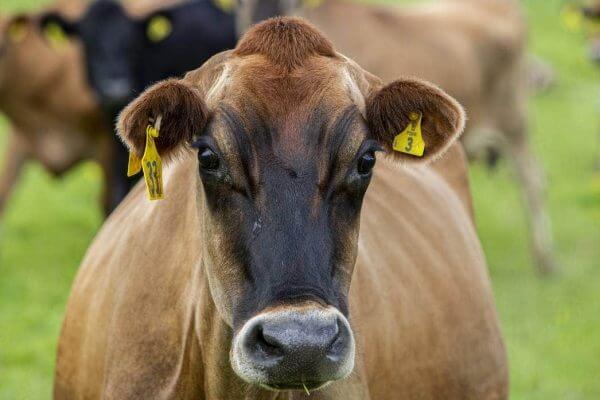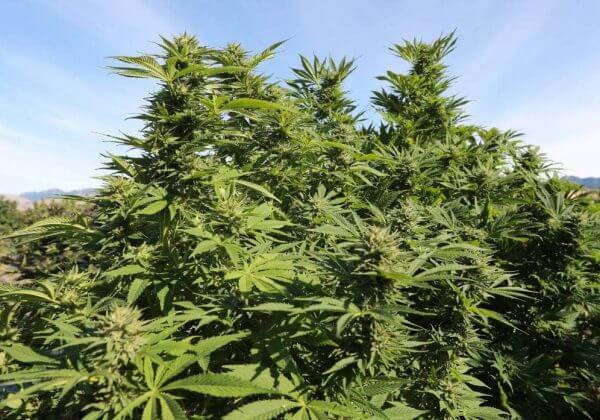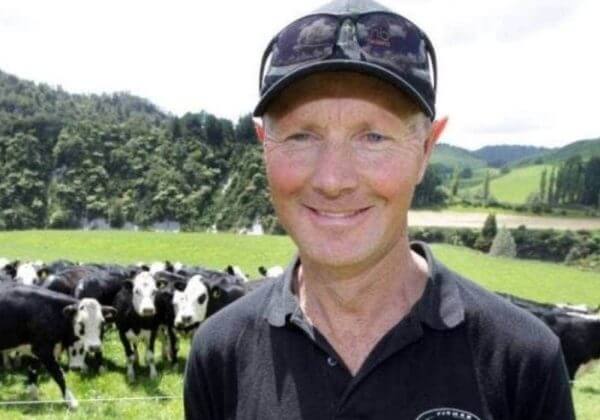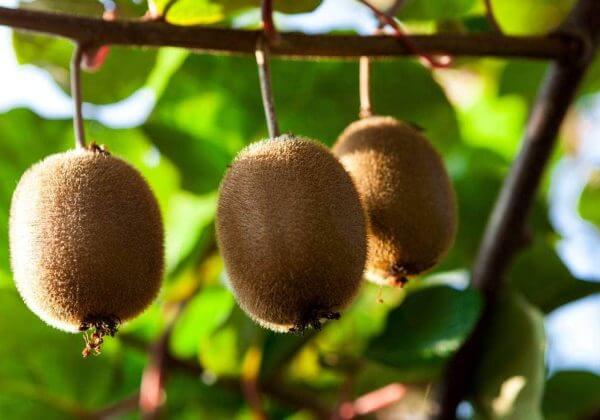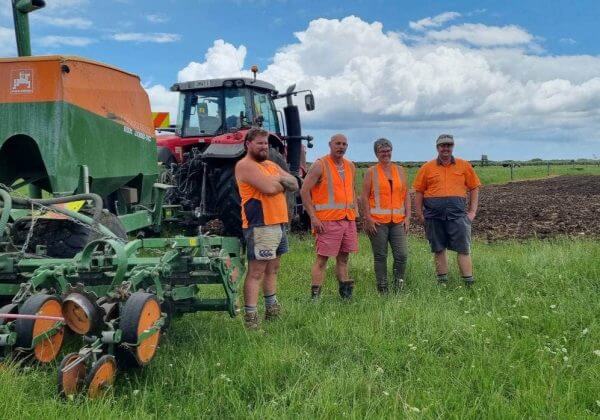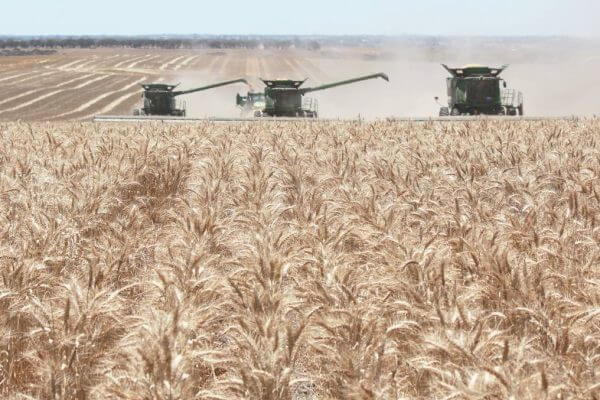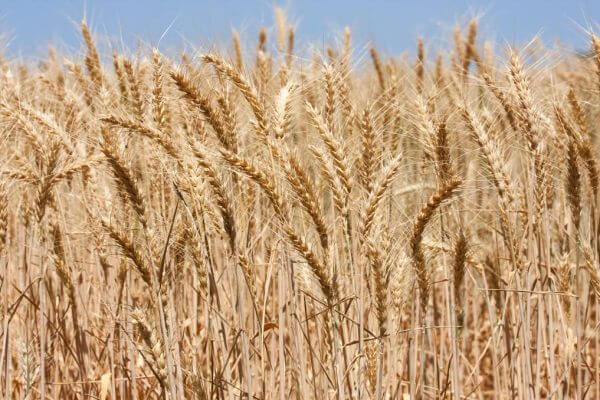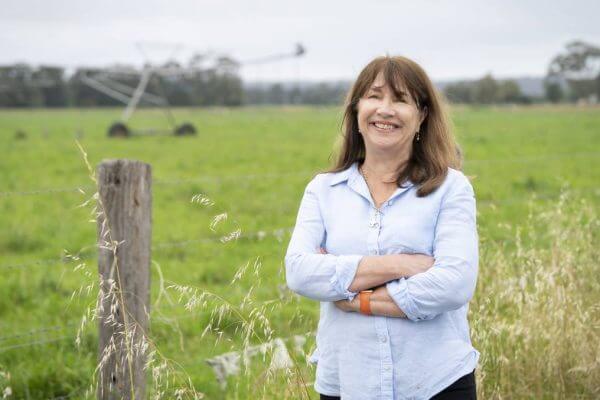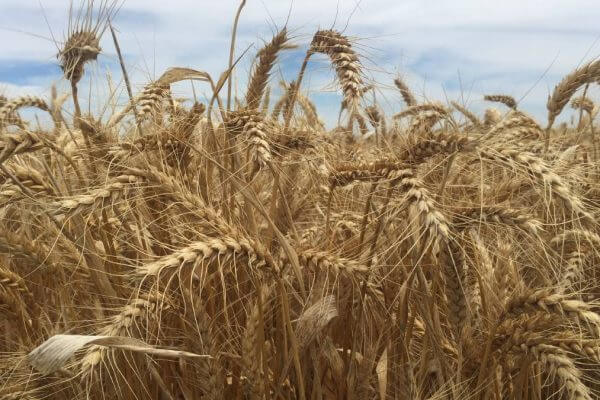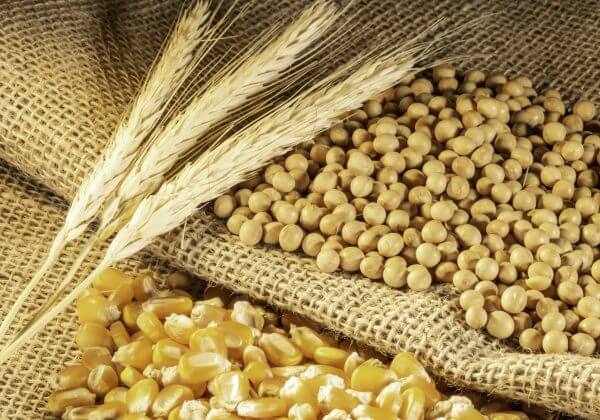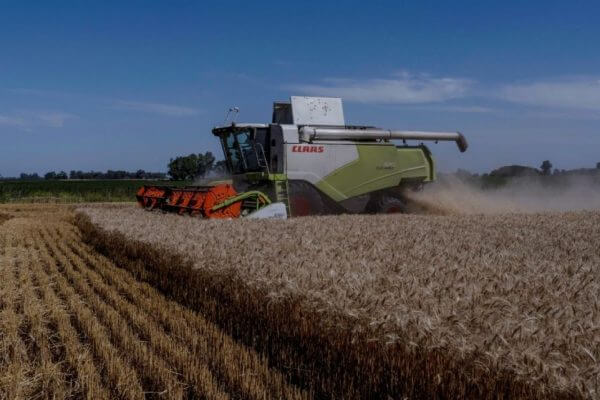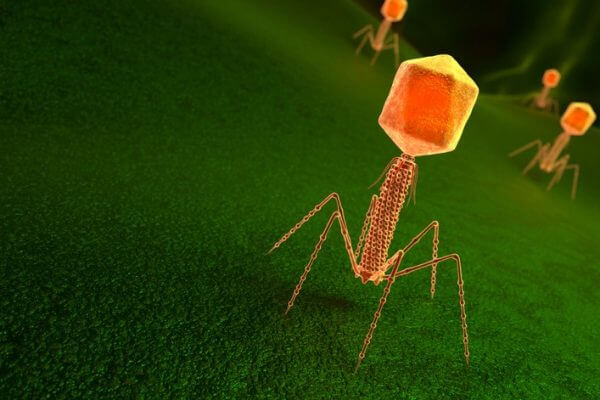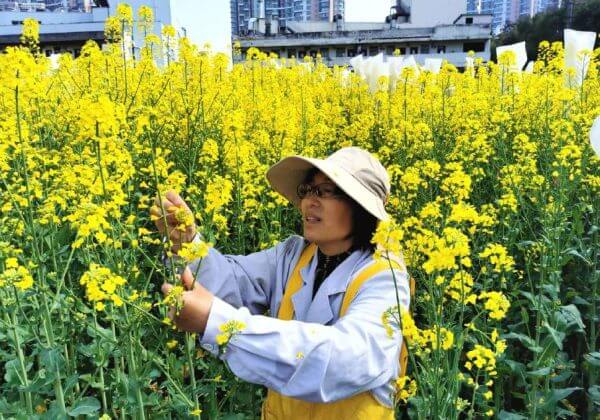USA and Canada
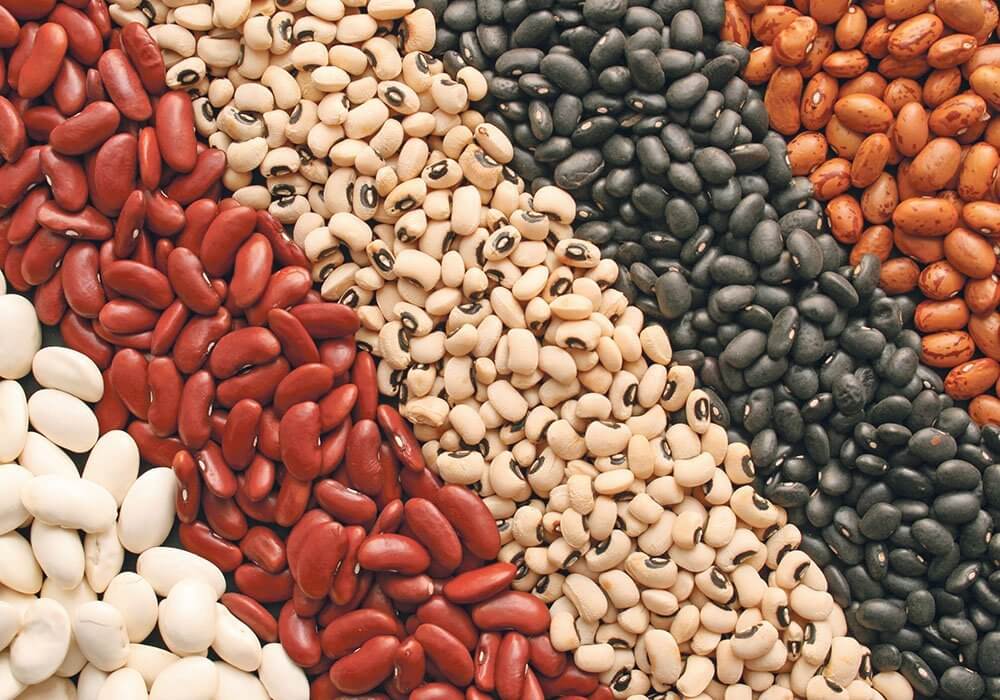
U.S. increases dry bean exports
Demand for American dry beans is exceptionally strong despite the small crop, says an industry official.
Growers in the United States harvested 1.03 million tonnes of beans last year, down 30 percent from the previous year.
Mexico is the biggest market for U.S. beans and they were very active buyers in 2020-21 due to a small domestic crop. That same situation appears to be playing out again in 2021-22.
“It looks like a pretty bad year for Mexico,” Rebecca Bratter, executive director of the U.S. Dry Bean Council, said during the Northarvest Bean Day webinar.
The council is forecasting 650,000 tonnes of Mexican bean production, which would be similar to last year’s 682,000 tonnes but well below the historic average of 838,000 tonnes.
Read More…

Doubt cast on expectations for drop in canola acreage
Analysts are questioning Agriculture Canada’s call for a reduction in canola plantings this year.
It is forecasting 21.7 million acres of the oilseed, a three percent drop from last year’s levels, caused by farmers shifting into growing more cereal crops.
MarketsFarm analyst Bruce Burnett can’t see that happening.
“New crop cash pricing around that $18 to $19 per bushel mark is attractive,” he said.
He agrees that acres may drop in the drought-stricken regions of the southern Prairies, but they will be up in the more traditional northern canola growing areas.
Burnett is forecasting a three to five percent increase in overall plantings.
But a lot will depend on the spring weather. If it is extremely hot and dry, the Agriculture Canada forecast could come to fruition.
Read More

Canada joins international sustainable agriculture production and food systems coalition
Canadian farmers and producers are key drivers for advancing innovation and sustainability for our country’s agricultural and agri-food sector. As part of the Government of Canada’s approach to working in collaboration with international partners to mitigate the risks of climate change and create conditions for industry to remain competitive globally, Canada has joined the Sustainable Productivity Growth for Food Security and Resource Conservation coalition (SPG).
As an outcome of the United Nations Food Systems Summit, which took place in September 2021, Canada has joined more than 15 countries, as well as dozens of academic organizations, foundations and private sector associations, in becoming signatories of the SPG, led by the United States.
Collaboration with coalition partners will provide Canada with an international platform to advocate for research, advance innovations and technologies, and facilitate productivity growth in our own agriculture and agri-food sector.
Read More…

U.S. crop insurance payouts rise sharply as climate change worsens droughts, floods
Insurance payments to U.S. farmers for crops lost to droughts and flooding have risen more than threefold over the past 25 years, according to an analysis of federal data by the Environmental Working Group released on Thursday.
The report reinforces concerns that insuring the nation’s crops will get more expensive for insurance companies, farmers and taxpayers as climate change drives more erratic weather events that disrupt agriculture.
The federal government pays about 60% of the nation’s crop insurance premiums through taxpayer subsidies, according to the Congressional Budget Office, and those premiums tend to rise as insurance payouts grow.
Read more…
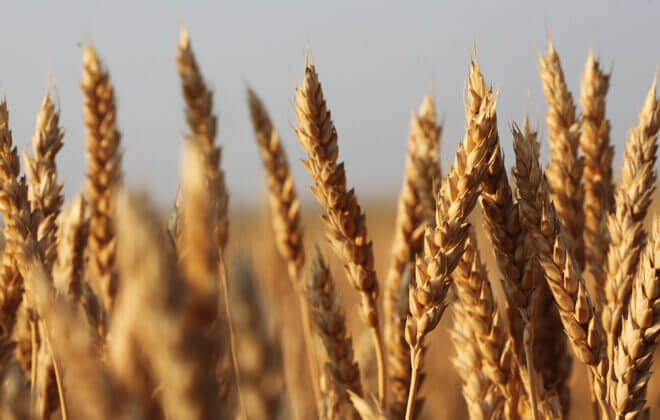
Alberta farmers tout new digital technologies to save costs, time
Willie and Nick Banack help operate a 2,800-hectare (7,000 acre) grain farm in the Camrose area. They spoke at a panel discussion Thursday with farmers from across Canada about their adoption of new agricultural technologies, from light bar GPS guidance for machinery to auto-steering technology and more sophisticated apps that collect and analyze data from the field.
“This technology is easier to use than it ever has been,” said Willie Banack, who said the digital age has produced profound changes for his industry since he started farming in the early 1990s.
“Our farm has expanded almost three-fold in that time frame,” he said, adding digital tools have allowed operators to work longer with less fatigue, and end up with less overlap or miss in the field, especially when spraying herbicides or pesticides.
Read More ...
New Zealand
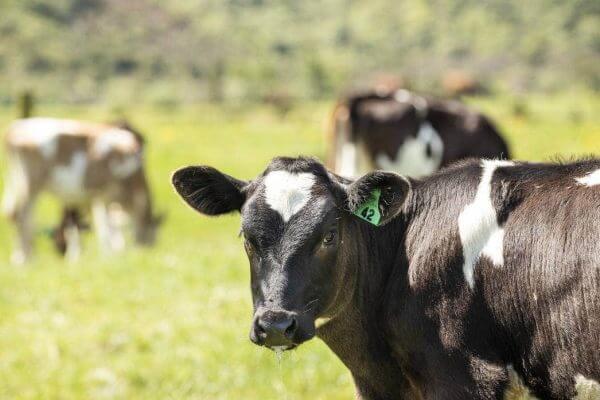
Farmers offering to pay $137m for their greenhouse pollution. Is that fair?
The farming industry-government partnership has a proposal to pay for agricultural emissions. But the Climate Change Minister remains unimpressed at the example rates. Stuff breaks down the debate.
The agriculture sector has presented its preferred options to address the greenhouse gas it produces: systems that would cost between $27 and $53 million to operate yet by the end of the decade, emissions could fall by less than one percent.
That’s because the system will begin with low prices for each tonne of emissions. But collectively, the cash might add up: the sector could pay out as much as $137m in 2025. Minus admin costs, the funds could be recycled into greenhouse-cutting research and development and approved technologies.
Read More here…

A2 Milk shares jump on media report it could be a takeover target
Shares in The a2 Milk Company were the top gainer on the sharemarket on Tuesday after a speculative media report that the specialist milk marketer could be a takeover target.
A2 Milk shares were up 6.6 per cent to $5.81 in mid-afternoon trading on the NZX, valuing the company at $4.3 billion. The Australian newspaper speculated in its Dataroom column that Canadian dairy company Saputo could be eyeing up the acquisition of Jalna Dairy Foods or a2 Milk.
A2 Milk’s shares have lost almost half their value over the past year after a run of earnings downgrades dented investor confidence. A2’s success in the large infant formula market in China hit the skids after the Covid-19 pandemic closed international borders, shutting a key route to market, and it faced increased rivalry and weaker demand.
“The share price of a2 has taken a bit of a jump today on takeover speculation and I guess time will tell as to whether that’s true,” said Hamilton Hindin Greene investment adviser Grant Davies. “It definitely falls into the speculative side of rumours.
Read More here…
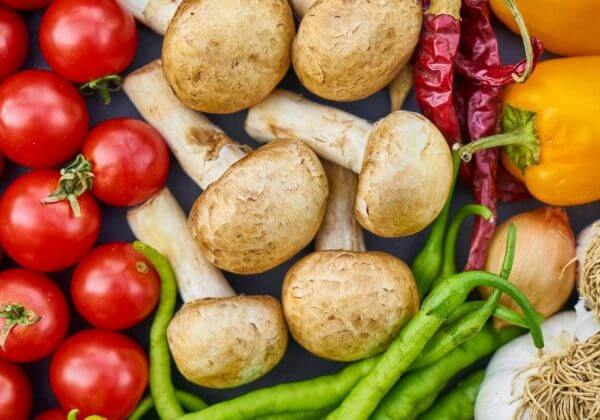
Expect pricier veges in February, growers and suppliers warn
Shoppers are being told to expect more expensive fruit and vegetables in February, and less of them.
Jerry Prendergast, president of industry group United Fresh, said three weeks of heavy rain at the end of November and early December meant the usual planting cycle was interrupted, and this gap would be noticed soon in shops.
A Countdown supermarket spokeswoman confirmed that supply was already down on what it was usually.
Prendergast said the two main North Island vegetable growing regions of Horowhenua and Pukekohe were badly affected by the late spring drenching.
Director of Levin’s Woodhaven Gardens Jay Clarke said he could not have tractors on the fields after the rain because they would rip up the paddocks or get stuck.
Read More here
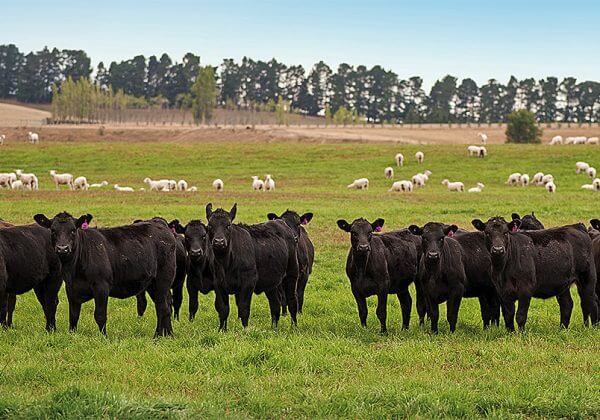
Northland farmer doubles dairy herd with mentor
Moving from milking 120 dairy cows to 300 was a big leap Lachie McLean says was made successful by three years of free mentoring and business support he received through a Northland farming initiative.
Before expanding five years ago, McLean had worked on the Waipu family farm for 45 years, but he was in the milk shed eight hours a day, which he says was not ideal.
Heading into his 60s his energy was waning and the prospect of more hours in the shed was not inviting.
”I was starting to struggle at my age,” McLean said.
Dairy NZ regional chair Chris Neill approached him and said, how about we lend a hand?
Australia

Safflower an oil alternative?
A NEW break crop suited to some of the most hostile soils in Western Australia and which can be used to make high-end machinery oil has been trialled across the grainbelt, with the initial results exceeding expectations.
Super high oleic (SHO) safflower was initially developed about 20 years ago as part of a joint venture between CSIRO and the Grain Research and Development Corporation (GRDC), with the oil profile modified to be more than 90 per cent oleic, which is the high quality portion.
While there are other crop species that have been modified in that way, such as soybeans and sunflowers, they are about 60-70pc, whereas the safflower’s very high oleic levels means that when it is refined and extracted, it produces a higher oleic oil concentration.
Since the original creation, it has been further developed and marketed by GO Resources which holds the rights to the SHO trait that produces an oil used in top-end machinery, pharmaceuticals, cosmetics, cooking, plastics, polymers, resins and biofuel.
Read more here…
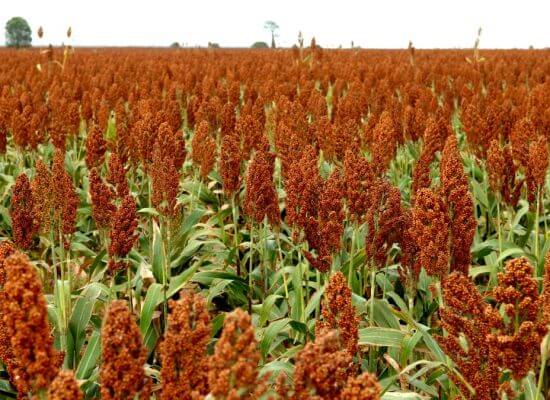
Downs farmers begin bumper sorghum harvest
Darling Downs farmers have started harvesting what’s expected to be one of the largest sorghum crops in several years.
Early yields have been strong with crops coming in at 5-6 tonnes a hectare and this pattern is expected to continue. Timely planting rains and above average summer rainfall has set the platform for above average yields.
Large plantings and good yields are expected to see Southern Queensland produce upwards of 1 million tonnes of sorghum for the season. Sorghum planting is under way in Central Queensland where most farmers are anxious for more rain to top up soil moisture levels.
Domestic buyers are showing limited interest in sorghum at current prices as they take advantage of the large feed wheat supplies after the wet winter crop harvest. This should see most of the Queensland sorghum crop move into export markets, as it did last year.
Read more here…

Cottoning on to a brand new crop in the north
Construction of the Northern Territory’s controversial first cotton gin is well advanced.
The gin is on track to process this year’s harvest from an increasing number of enthusiastic fans cropping former cattle country.
But opponents of this new industry fear the impact of irrigation on iconic Top End waterways although growers say the bulk of their cotton is grown using wet season rains.
Environmentalists also predict there will be large scale clearing of station lease country necessary to grow broadacre crops like cotton.
Groups like Territory Rivers and Environment Centre NT have been monitoring progress of the gin’s construction using satellite pictures.
Read more here

New tech speeds up harvest receivals
EFFECTIVE and sensible technology was trialled in the Esperance port zone this harvest, with license plate recognition (LPR) used to capture and identify computer-readable images of license plates on trucks at unmanned weighbridges.
The technology enabled drivers to pull their truck onto an unmanned weighbridge, have their number plate and weight registered through the CDF App, which they then accepted and drove on, all within a matter of seconds.
CBH acting chief operations officer Mick Daw said the technology was trialled this harvest in an attempt to improve the efficiency at sites with unmanned weighbridges and sample-first sites.
“CBH has previously tested other technology at our unmanned weighbridges, however we have been looking for more accurate technology to improve the number plate recognition and speed up the weighing process,” Mr Daw said.
Read more here…

Harvesting knowledge to transform ag industry
SUPPORTING onfarm experimentation networks and activities globally to better connect farmers and researchers could help transform the agricultural industry and solve some of its toughest challenges, an international study led by Curtin University, in partnership with Murdoch University and CSIRO, has found.
Onfarm experimentation (OFE) refers to farmer-centric and data-driven approaches to agricultural innovation where farmers conduct their own experiments in their fields in collaboration with scientists and other industry professionals.
It is a way for farmers to test technologies and practices by varying management, observing and measuring changes, and analysing results – all in real farm conditions, with a focus on what matters to each farm and field.
Read more here…
South America
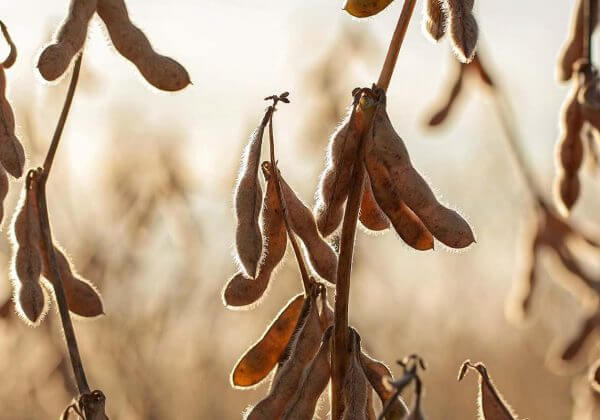
STRONG END TO THE WEEK FOR SOYBEAN FUTURES
Soybeans were sharply higher on commercial and technical buying, notching new contract highs and building on the week’s earlier gains. Recent rainfall has stabilized soybeans somewhat in Argentina, but coverage in southern Brazil and Paraguay was relatively spotty. The Buenos Aires Grain Exchange says 38% of Argentina’s crop is in good to excellent condition, up 8% on the week, while 19% is called poor to very poor, down 8%. Several private and governmental agencies have lowered production estimates for Brazil, with the most recent guess from ABIOVE at 135.8 million tons, 4.2 million under the USDA’s most recent outlook. Friday morning, unknown destinations bought 251,500 tons of U.S. soybeans and Mexico picked up 141,514 tons, both for 2021/22 delivery, while China purchased 264,000 tons of new crop U.S. beans. The bump in U.S. soybean sales might be linked to the recent reductions in South American production projections. Soybean meal and oil were supported by commercial demand.
Corn was higher on commercial and technical buying, cementing a solidly higher weekly finish. Corn is also watching conditions in South America, with hot, dry weather in the forecast for the coming week. It’s roughly the equivalent of late July or early August for those key South American growing areas.
Read More

Chilean Blueberry Exports Pick Up in New Year
The 2021/22 Chilean blueberry season is now halfway through, and exports of this product have been picking up since Jan. 1. In an effort to expand the market share of Chilean blueberries in China, a series of online and offline promotional activities are being conducted.
In January, initiated by the Chilean Blueberry Committee of the Chilean Fruit Exporters Association (ASOEX), over 1,000 offline marketing activities were launched at 60 chain stores of seven key retailers throughout China, namely, Sam’s Club, Hema Fresh, Walmart, AEON, Ole’, Century Mart and 7Fresh.
The run-up to the Chinese New Year festival is one of the peak periods for fruit sales in China, and sales of Chilean blueberries have been steadily climbing owing to the sweet refreshing flavor and nutritional benefits of this fruit.
Read More here…
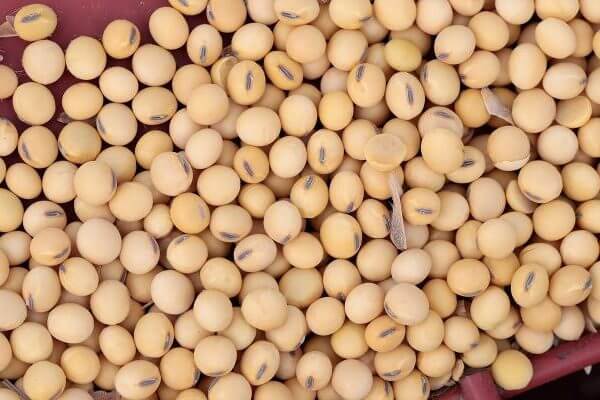
Brazilian soybean prospects dwindle
With the recent events, agencies and experts have reduced the expectations for this year’s harvest in Brazil. USDA reported a decrease of around 330 million bushels of soybeans in the projection of Brazilian production.
This year’s production is projected to be lower than last year, despite a 3.59% in crop area.
The seeding process this year started out smoothly and with optimism, with most of the soybean planted within the window planned. However, the extreme weather, with severe droughts in the South and intense rain showers in the Midwest, the perspectives of another record season have lowered.
There has been a shift in the pacific winds, leaving rains concentrated in Argentina. This change is deviating the cold fronts from Brazil, maintaining the heat waves. Expect an increase in temperatures in the coming weeks, especially in southern Brazil.
Read more here
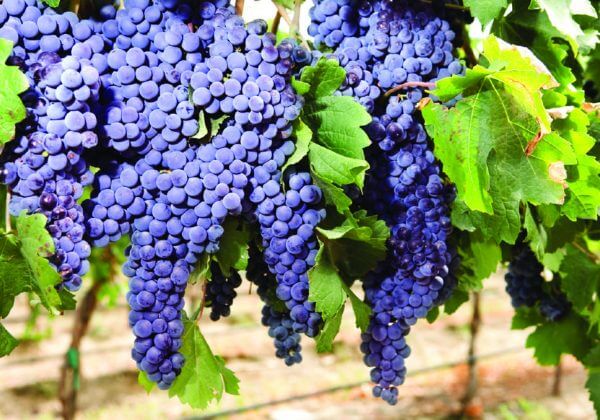
2021 was record year for Argentine wine exports, says Foreign Ministry
rgentina’s bottled wine exports hit a historic high in 2021 worth US$817 million, the Foreign Ministry reported Saturday.
The previous high was the US$786 million in foreign wine sales marked in 2012.
Leading export destinations were the United States, Britain, Brazil, Canada and the Netherlands, according to the report, based on a study by the Laboratorio Estadístico del Instituto Nacional de Vitivinicultura (“Statistical Laboratory of the National Viticulture Institute,” INV).
Comparing 2021 with international sales in 2020, there were also increases in shipments to Mexico, China, France, Switzerland and Paraguay.
The Argentine global trade exchange in 2021 showed one of the largest surpluses of the last decade with almost US$15 billion.
Read more here…
Food Updates

Five key food and beverage industry trends for 2022
Last year I predicted seven key trends and challenges for the food industry in 2021 – and I feel a pat on the back is in order. Listeners of the New Food podcast Food to Go will know that I am no stranger to making predictions (based on varying degrees of expertise), but this time there is genuine cause for (quiet) satisfaction. I have rather graciously given myself seven out of seven in terms of correct predictions, but it’s never a good idea to mark your own homework, so do be sure to have a read and moderate my results.
So here’s my next lot; five things the food industry can expect in 2022 – and I’ll see you next year for another victory dance.
Read more here…

Some sliced meats saltier than seawater, claims new research
Read more here…

Coffee-growing regions under threat from climate change, research warns
A new report predicts that, as climate change progresses, the most suitable regions for growing arabica coffee, cashews, and avocados will decline in some of the main countries that produce these crops.
Leading the study, Dr. Roman Grüter and his colleagues at Zurich University of Applied Sciences, Switzerland, present these findings in the open-access journal PLOS.
The researchers combined climate change projections and soil factors to model how suitable various regions will be for growing crops in 2050. They used projections from 14 global climate models under three different future emission scenarios and incorporated land and soil requirements for the crops, such as pH, texture, and slope.
Read more here…

How can manufacturers ease the allergen burden?
Read more here…

Food Sustainability Index ranks countries on food waste
Read more here…




